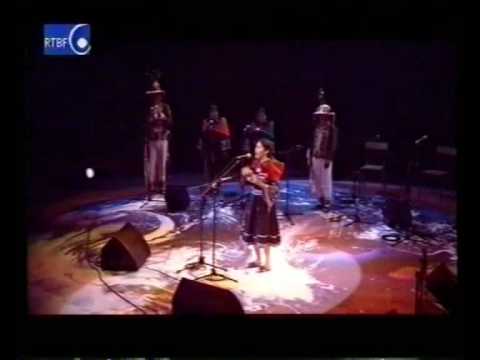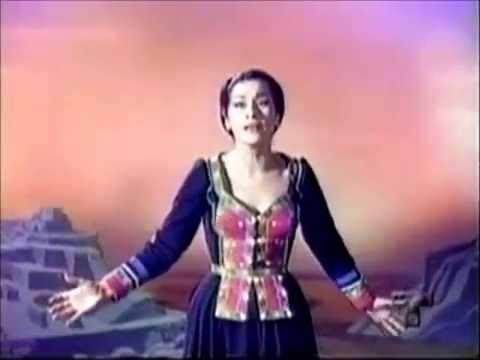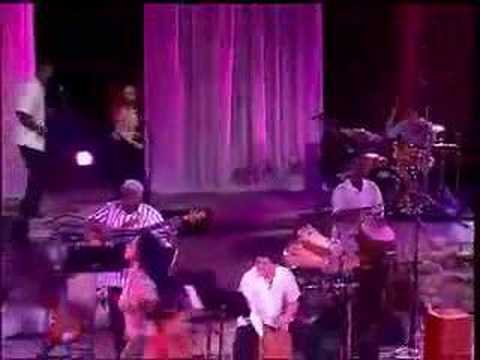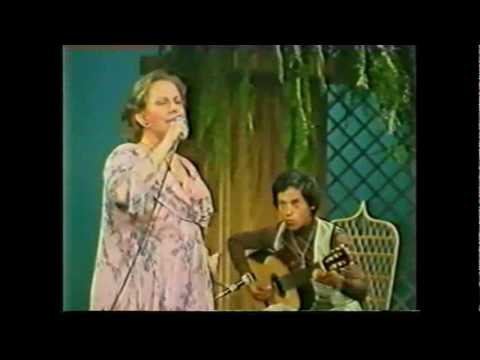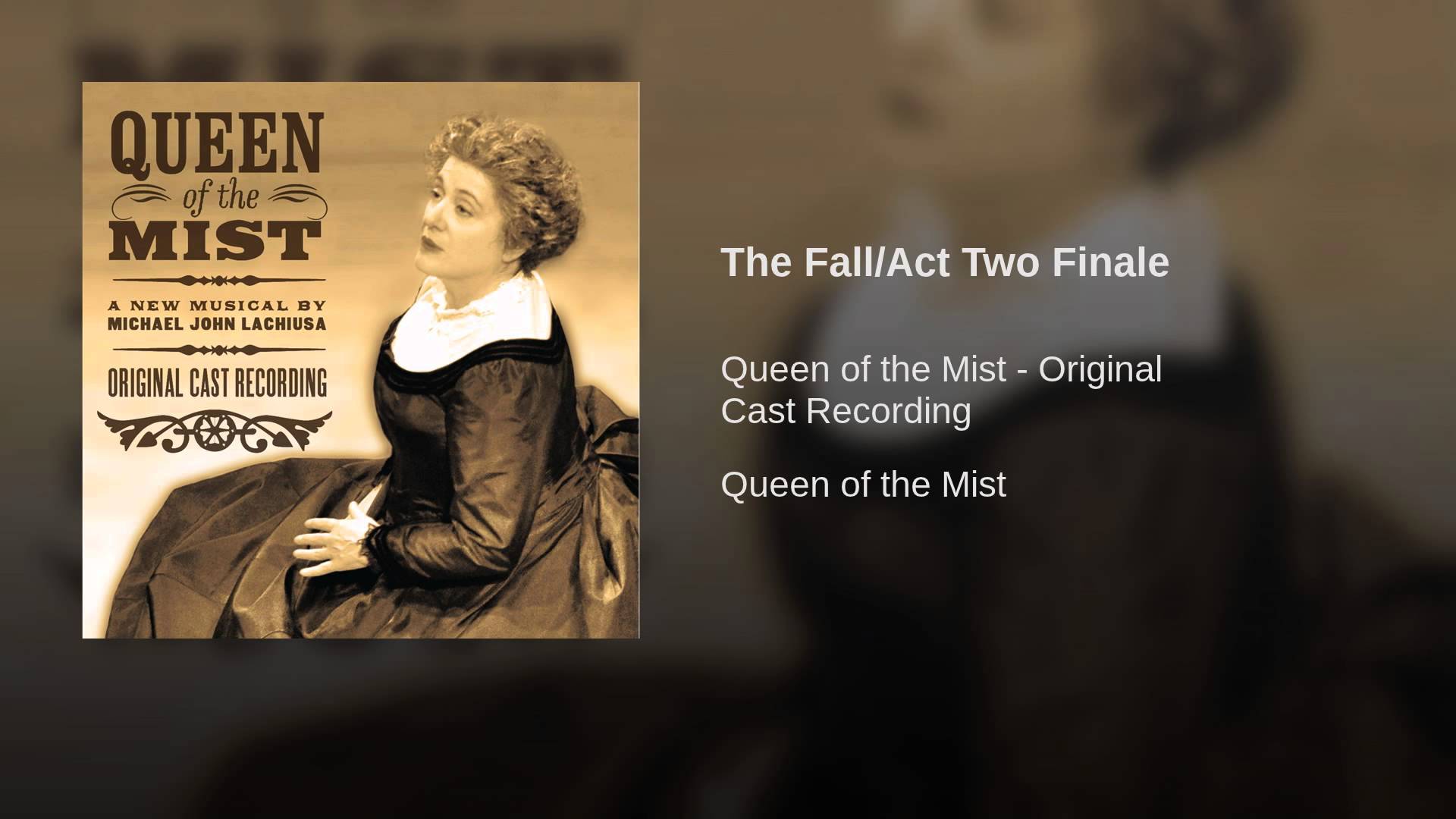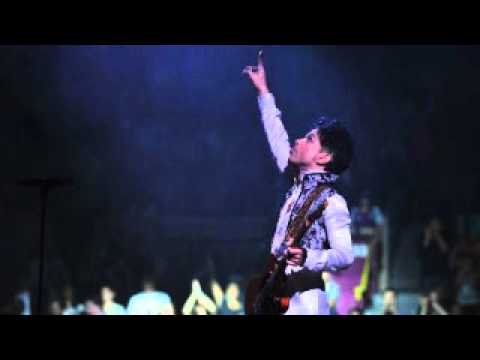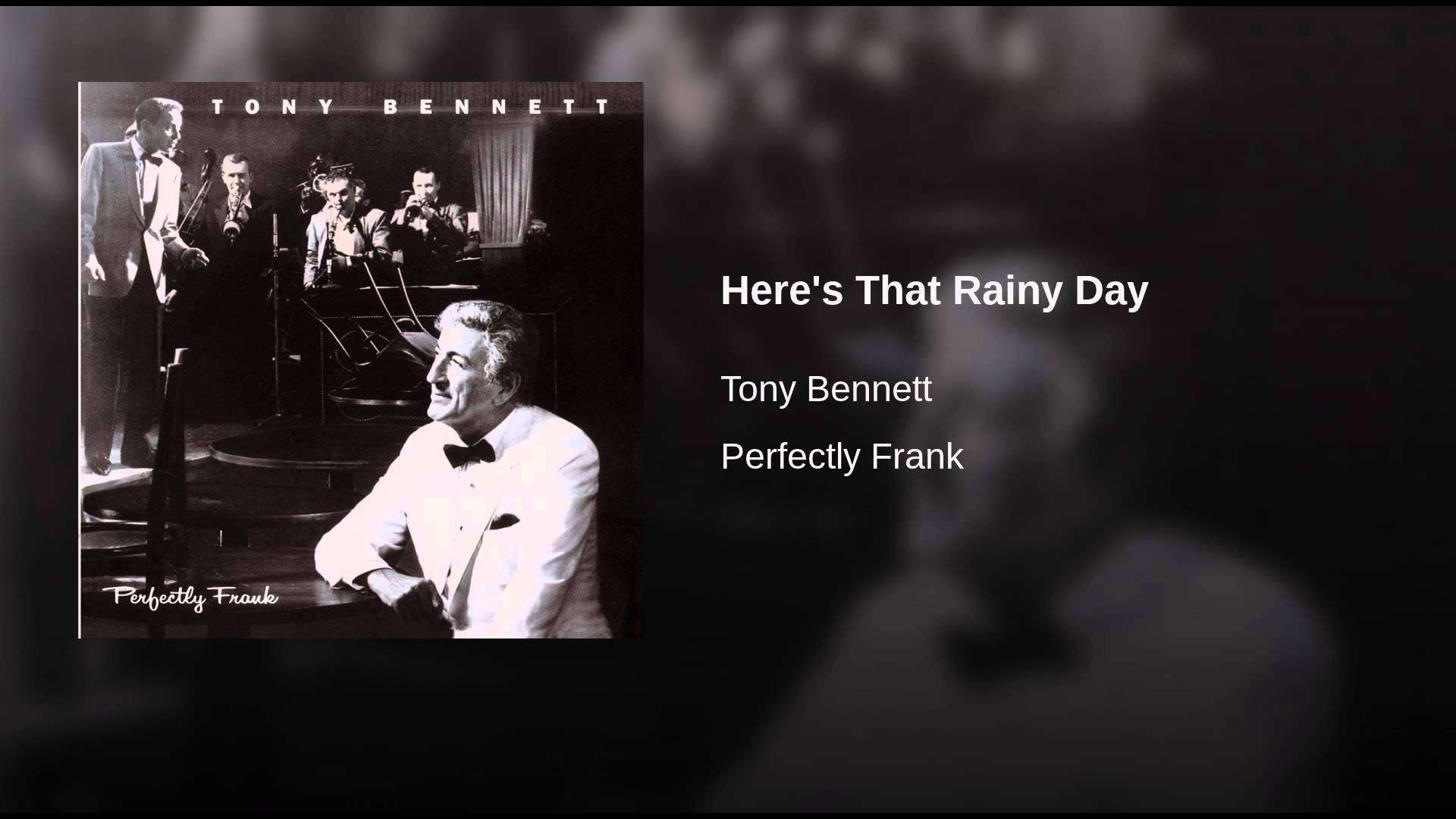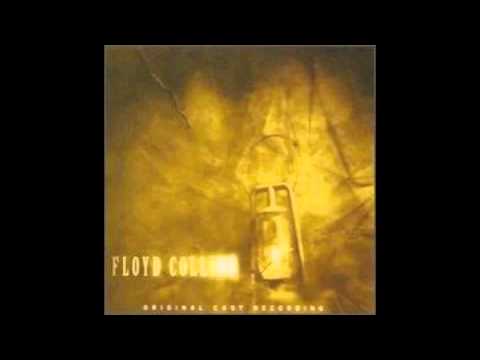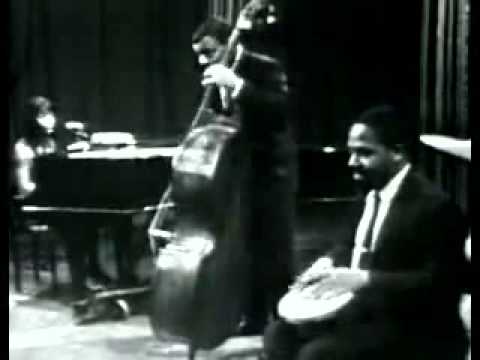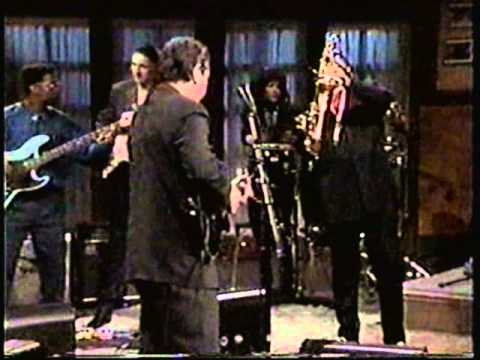Luzmila Carpio: Arawi
We end this week’s look at the songs of the high Andes of Peru by going to the work of Luzmila Carpio, a Bolivian-born woman who sings her own native language of Aymara as well as Quechua, the indigenous language of Perú. Making a point to sing in native languages over Spanish, Luzmila has been a major proponent of indigenous songs including achieving skill as an instrumentalist, traditionally the purview of men.
Yma Sumac: Virgen Del Sol
Some of the most popular exponents of the Peruvian vocal sound have been odd ones, indeed, and Yma Sumac (1922-2008) certainly fits that bill! The running joke is that she was secretly a Jewish woman (spell her name backwards), but she did have an exotic, uncanny tone to her voice (and an enormous range). Her mystique was perhaps abetted by costume work that hinted at a Hollywoodian take of Egyptian…
Nicomedes Santa Cruz: Que viva mi mama
Continuing our focus on Afro-Peruvian culture, for my third blog, we turn to the work of folklorist, poet, and musician Nicomedes Santa Cruz (1925-1992). In recent years, there has been a resurgence of interest in the life of this amazing and multi-faceted advocate who did so much to advance recognition of black Peruvians.
Eva Ayllón: Toro Mata
For my second featured blog, I’d like to continue the thread of female Peruvian composer-singers (begun with Chabuca Granda yesterday) and go to Eva Ayllón, another proponent of Afro-Peruvian culture. This video excerpt from one of Eva’s more glamorous and cosmopolitan live performances is a great example of fusion and modernity both.
Chabuca Granda: La Flor de la Canela
It is a real pleasure to be working with the marvelous musicians and staff of the New York Festival of Song! I’m happy to be a guest blogger this week, sharing my love of music and the human voice with readers, and will start off with a gentle yet quietly powerful bang: La Flor de la Canela (Cinnamon Flower) composed and performed by Chabuca Granda (1920-1983)
Richard Rodgers: Two Short Years
“Two short years” by Rodgers and Hammerstein. Ted Chapin introduced me to this song, I believe, many years ago. Just the most absolutely perfect, wise and complete lyric I have ever sung:
Michael John LaChiusa: The Fall
“The Fall,” the finale of Queen of the Mist. I am biased, because this musical was written for me, but I cannot listen to it without crying buckets. Queen is by Michael John LaChiusa, and as far as I am concerned, he is a genius.
Prince: Sometimes It Snows in April
“Sometimes It Snows in April.” Prince. My heart broke the day Prince died. Such a genius. This is another wise, sad song. I love it so much, it is on my album, Have Faith with Micheal Starobin. (Shameless plug).
Johnny Burke and Jimmy Van Heusen: Here’s That Rainy Day
Tony Bennett singing “Here’s That Rainy Day” by Johnny Burke and Jimmy Van Heusen. Nobody loves a sad song more than me. Exquisite. And nobody does what Tony Bennett does. Nobody.
Adam Guettel: Daybreak
“Daybreak” by Adam Guettel from Floyd Collins. I must have listened to this at least 800 times. To my ear, it is a spectacularly sad song, which I love, and Christopher Innvar and Jason Danieley’s performances are heartbreaking.
Jack Gottlieb: Eitz Chayim
Jews liken the oral and written tradition to an ever-living, ever-flourishing source of inspiration. The text of “Eitz Chayim” is always sung when returning the Torah scrolls to the ark, along with a prayer to “renew our days as of old.” The late composer, teacher and scholar Dr. Jack Gottlieb wrote his setting of it for the 1970 New Year’s Service for Young People and dedicated the piece to Cantor Barbara Ostfeld, the first woman to be ordained a cantor.
Eliyahu Gamliel: Eretz Zavat Chalav
A vast canon of what Israelis consider to be “folk” songs were actually composed in the last 80 years by real people. Eliyahu Gamliel’s famous setting caught the attention of none other than Nina Simone, who recorded it in 1962 from the piano with her band and, fortunately for us, the cameras were running!
Basya Schechter: Teshuva
Rabbi Abraham Joshua Heschel was one of the 20th century’s most renowned teachers, philosophers – and, as it turns out, poets! Heschel’s early Yiddish poetry inspired the contemporary cantor and performer Basya Schechter to compose Songs of Wonder, an entire album set to it.
Et Shaarei Ratzon (The Gates of God’s Will)
On the second day of Rosh Hashanah, we recount how Abraham bound Isaac to an altar and nearly sacrificed him. Sephardic Jews precede the Biblical chanting of the story with this 12th century piyyut (liturgical poem) expressing the same story through dramatic imagery and cantorial/choral call and response. Each stanza ends with the refrain oked v’ne’ekad v’hamizbei’ach, “the binder, the bound, and the sacrifice.”
Leonard Cohen: Who by Fire
Shanah tovah umetukah! I’m honored to be curating this week’s NYFOS Songs of the Day as Jews all over the world welcome the new year 5777 today and tomorrow. The great Canadian singer/songwriter Leonard Cohen drew inspiration from the traditional Rosh Hashanah liturgy to write “Who by Fire,” here performed in 1989 by the composer together with the incomparable jazz saxophonist Sonny Rollins.


